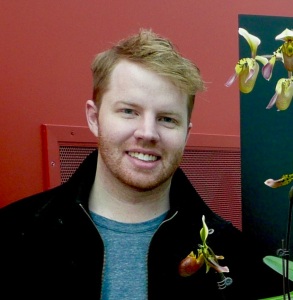Idaho’s most prominent geothermal system is the Boise system, which is situated on the northern margin of the western Snake River Plain graben in the southern part of the state. The earth’s crust is stretched relatively thinly in this area, presenting ideal geological conditions for hot springs. Heat is close to the surface, and a number of more or less open faults allow circulation of water at depth.
The water in the Boise system circulates through a number of these faults and relies on hydrothermal convection to approach the earth’s surface. Because of the number of wells that have been drilled into the fault zone to access this hot water, springs in the Boise system do not flow directly at the surface any longer.
About the Author:
Based in Savage, Minnesota, Evan A. Weitz is the senior lab technician at Absolute Sound Laboratories where he focuses on the restoration and repair of vintage audio equipment. A soaking enthusiast, Evan A. Weitz has a longstanding commitment to the development and maintenance of hot springs in the natural areas of Idaho, Montana, and Washington.



You must be logged in to post a comment.